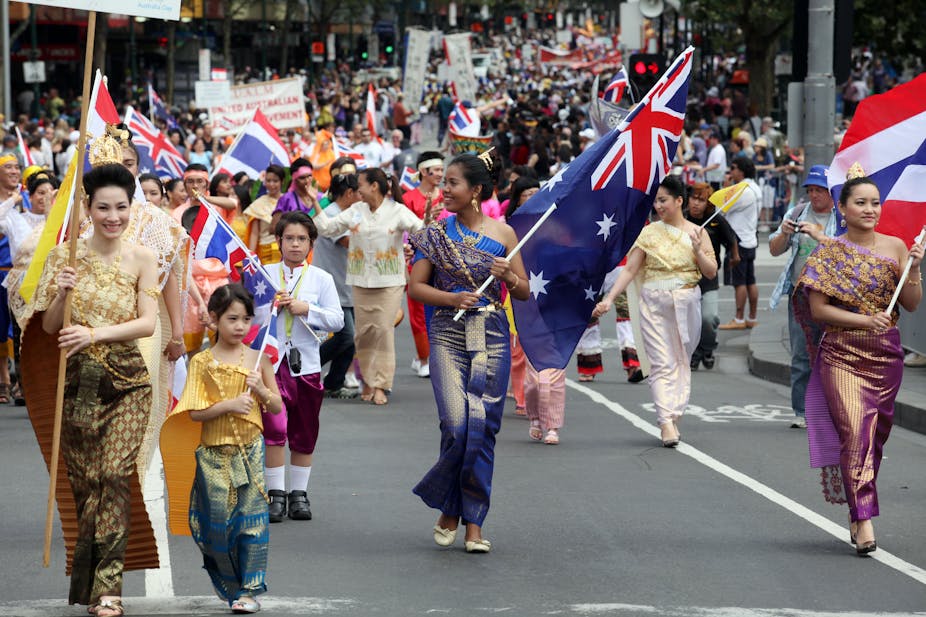All politics is local.
Coined by Byron Pierce and popularised by legendary US Speaker of the House of Representatives Tip O'Neill, it’s a truism that applies universally.
With a referendum on the constitutional recognition of local government due in September, it would appear we are inching our way towards a more “genuine” representative democracy.
But the question of the representative make-up of local councillors will remain.
When councillors and state and federal politicians make their victory speeches it is not uncommon for them to declare they will work for and represent all their constituents. But it is difficult to imagine, for example, a Family First member would actively represent the rights and needs of sex workers or pro-abortionists who live in their electorate.
Then there is the issue of our elected officials toeing the party line on key policy issues – gay marriage, industrial relations, immigration, uranium mining or increased housing densities – rather than representing their constituencies.
And what of multiculturalism? As the 2011 Census has shown us, Australia is more multicultural than ever before. Yet we do not appear to see this diversity reflected within government.
Nowhere are these discrepancies between government and electorate more obvious than at the local government level.
Closest to the people – but in what sense?
Local government plays an important and vital role in our day-to-day lives. And, as local councils themselves often remind their state and federal colleagues, it is the level of government closest to the people.
Given this closeness, a question must be asked: how demographically or sociologically representative are Australia’s local councils?
We simply don’t know and little has been done to find out.
In Victoria, a census of local councillors was conducted in 2006 and 2009 by the Municipal Association of Victoria (MAV). The 2009 census found that just 14% of councillors were born overseas. The overseas-born population in Victoria stood at 26% in the 2011 Census, meaning they are somewhat underrepresented within local government. Women and young people are also significantly underrepresented.
In Western Australia data is available on the gender and Indigenous profile of those who stand for council elections held every two years. In 2011 just over 30% of councillors were female – up from almost 23% in 1995. However, they remain severely under-represented.
Indigenous people accounted for just over 3% of all councillors in WA in 2011. This is almost on par with the proportion of Indigenous people within the wider community, which sits at 3%.

Measuring and mapping representation
But what about the ethnic, religious, educational, occupational, income, sexual and disabilities backgrounds of our councillors? How do these compare with the socio-cultural profile of the wider community?
If we are to establish more representative, creative and dynamic local governments we need to understand who our councillors are using the same range of sociological identity markers we use to understand our local communities. We could then map the results over the population in each local government area and begin to identify what groups are over- and/or under-represented.
This has the potential to help policy-makers better target their efforts and resources in engaging with and encouraging greater participation of under-represented groups within our democratic system.
Politics - local, state or federal – is unlikely to ever be fully representative of the wider community as Australia is just too diverse and dynamic. Nevertheless, this should not stop us trying to avoid political homogeneity: it erodes the quality of government and faith in democracy. We need to consider what can be done to attract a wider mix of candidates in terms of gender, ethnicity and so on, but a stronger pool of candidates too.
The first step towards realising this aim is establishing just how (un)representative local government is of the various people it serves. Once we do this, the claim that local government is the closest to the people may start being true.

